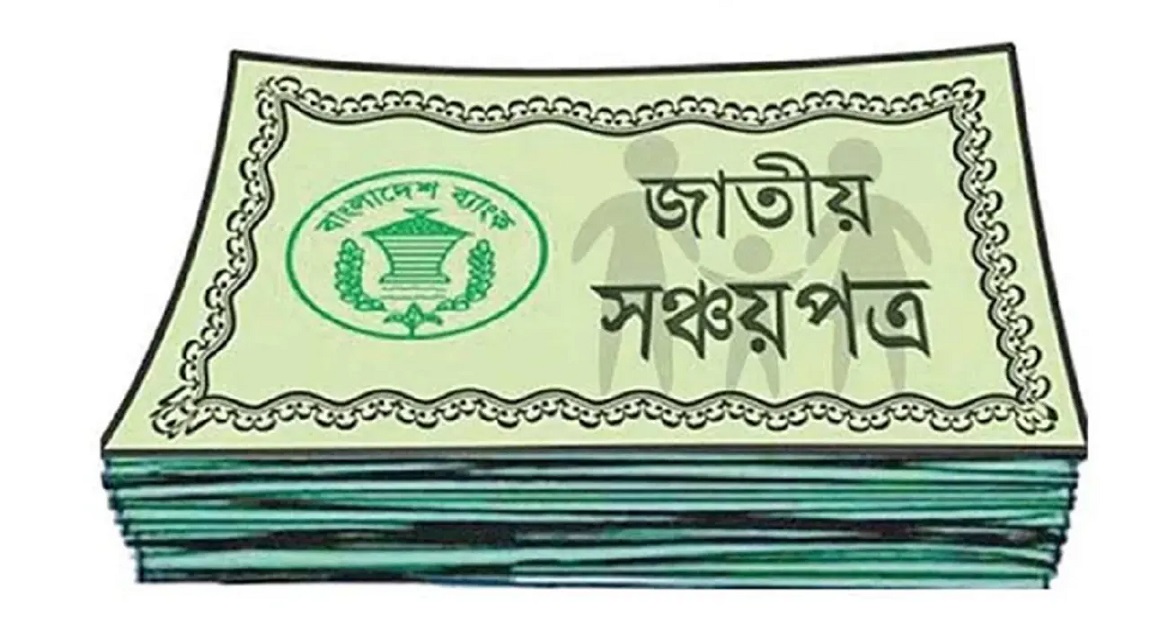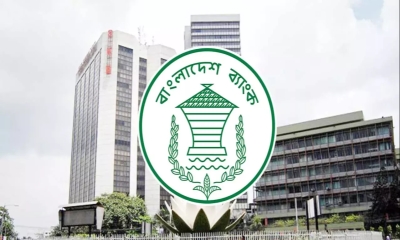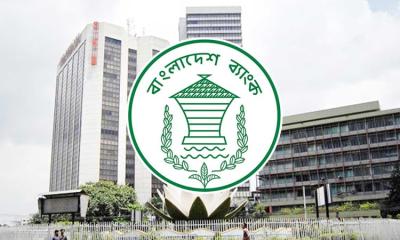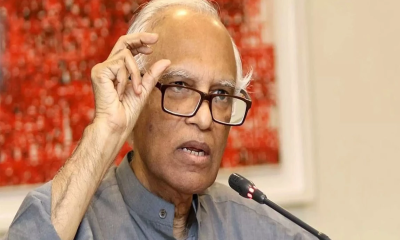The government has officially reduced the profit rates on all types of national savings certificates, with the new rates taking effect from July 1, 2025.
A circular issued by the Internal Resources Division under the Ministry of Finance on June 30 outlines the new structure, which will remain in force for the next six months.
Under the revised rates, the highest return a saver can receive is 11.98 percent, while the lowest is 9.72 percent. The updated system introduces a tiered profit rate model, where smaller investments—up to BDT 7.5 lakh—will earn higher returns compared to larger investments.
This move is part of the government’s broader income and debt management policy, which includes periodic revisions of savings instrument rates.
One of the most popular instruments, the family savings certificate, will now yield 11.93 percent for investments up to BDT 7.5 lakh, down from the previous 12.50 percent.
For investments exceeding that threshold, the rate has been reduced to 11.80 percent from 12.37 percent.
Similar reductions apply to the pensioner savings certificate, five-year bangladesh savings certificate, and the three-monthly profit-based savings certificate.
The cut in rates also affects the Post Office Term Deposit accounts, where returns have similarly been brought down based on the investment amount.
However, the profit rates for several instruments—such as the Wage Earner Development Bond, US Dollar Premium Bond, US Dollar Investment Bond, and Post Office Savings Bank General Account—will remain unchanged.
According to the circular, savings certificates issued before July 1, 2025, will retain their original profit rates for the duration of their term.
However, reinvestments made after that date will be subject to the new rates. The government plans to review and potentially adjust the profit structure again in six months.
This decision, combined with the government’s earlier move to keep the tax-free income threshold unchanged in the 2025–26 fiscal budget, is expected to increase financial pressure on the middle class.
Many fixed-income households rely heavily on the interest from these instruments to manage their expenses, particularly amid ongoing high inflation and rising costs of living.
As a result, the new rates may significantly impact those whose family budgets depend on returns from savings schemes.










-20251207131533.jpg)











-20251206083331.jpeg)


-(25)-20251122062715-20251202031751.jpeg)
-(25)-20251122062715-20251204041734.jpeg)











